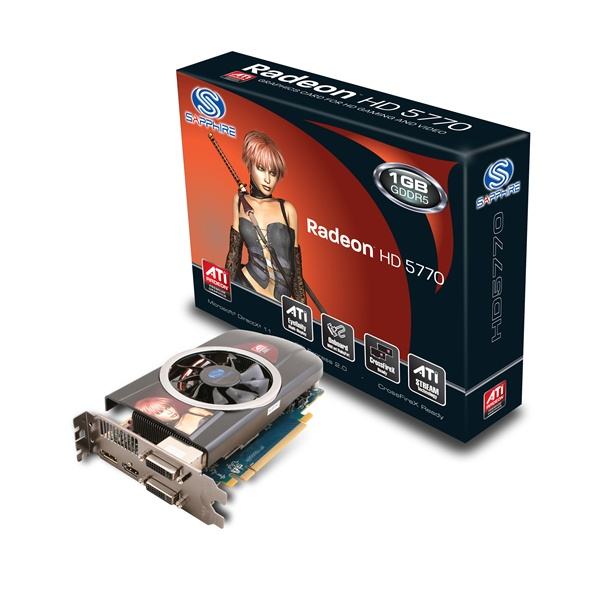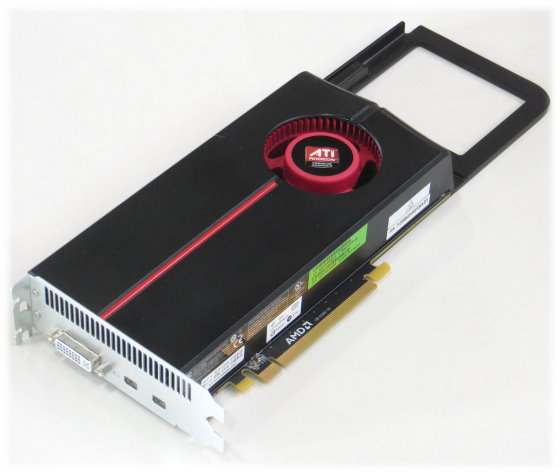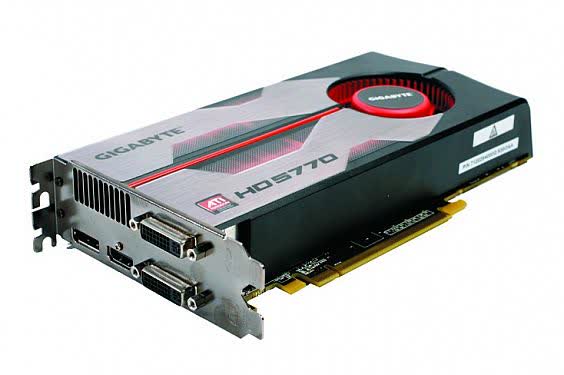
To put that into perspective, when the HD 4000-series launched last summer, we finally saw the 1.0 TFLOP barrier broken on GPUs… and here, we’re almost triple that.Ĭompared directly to ATI’s last-generation cards, Cypress offers twice the number of stream processors, ROPs and texture units, which in layman’s terms essentially means twice the compute power. Thanks to the Terascale 2 engine, both launch cards are capable of huge compute performance… upwards of 2.72 TFLOPS.

As enthusiasts, we dealt with a lack of exciting GPU launches for almost a year-and-a-half, and then AMD delivered a feature-rich architecture and cards about twice as fast as the previous generation. I won’t rehash what many of the launch articles said, but both the HD 5870 and HD 5850 could be summed up into a single word: “Whoa”.


But last month, AMD shook things up once again with the unveiling of its Evergreen architecture, and the first cards to use it, codenamed Cypress. We’ve seen many launches, but for the most part, it’s been a rehash after rehash… downclocked or overclocked parts. Since both AMD’s and NVIDIA’s GPU launches last summer, though, the graphics card scene hasn’t been too interesting. Most of us were proven wrong, and it couldn’t have been more sweet. Well, that launch proved the opposite, because you have to imagine that even NVIDIA was taken by surprise. The company saw a relative drought for the few years prior to that launch, and some began to wonder if the acquisition by AMD ended up doing more harm than good for ATI.

When AMD released its RV700 series of graphics cards last summer, the world had no choice but to be wowed.


 0 kommentar(er)
0 kommentar(er)
